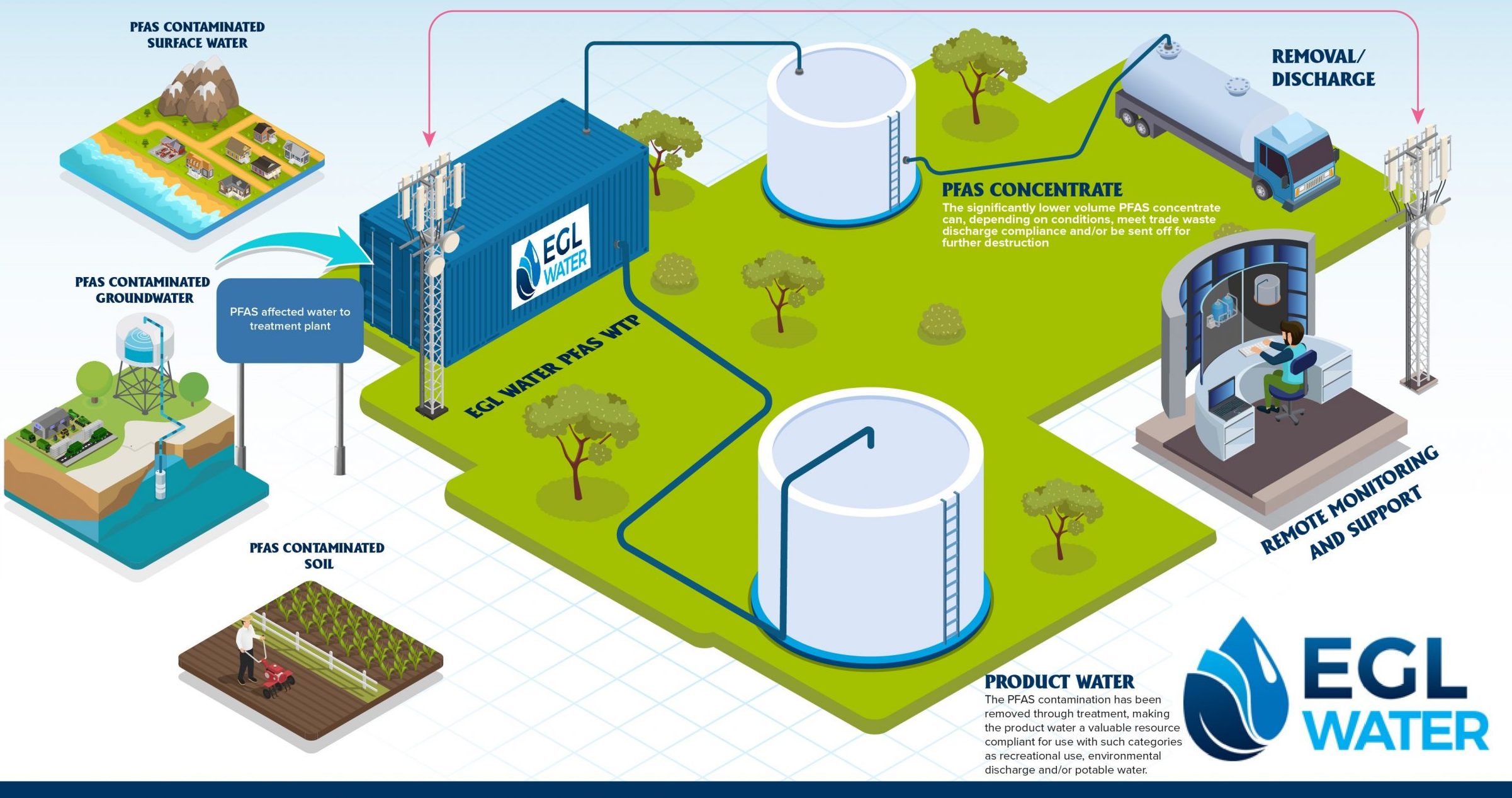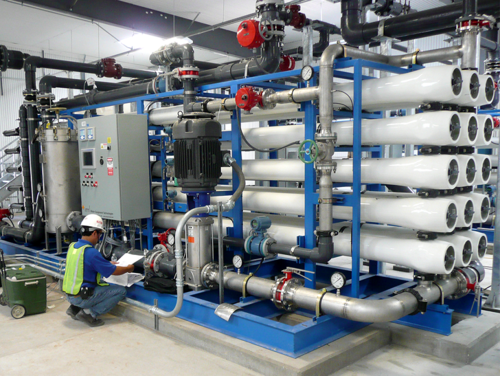Ingenious PFAS Therapy Solutions for Safer Water
The boosting prevalence of PFAS contamination in water materials necessitates a critical assessment of innovative therapy solutions. Advanced filtering technologies and novel chemical therapies present encouraging avenues for minimizing these persistent toxins. Additionally, arising bioremediation techniques provide an even more sustainable technique to taking on PFAS challenges. As regulatory frameworks remain to adapt, comprehending the performance and scalability of these services ends up being extremely important. What implications do these improvements hold for public wellness and environmental remediation, and exactly how can stakeholders properly implement them in diverse contexts?
Introduction of PFAS Contamination
PFAS contamination has actually become a substantial environmental and public health issue. Per- and polyfluoroalkyl compounds (PFAS) are a team of artificial chemicals understood for their perseverance in the setting and body, leading them to be commonly referred to as "forever chemicals." These compounds have been widely used in various industries, consisting of firefighting foams, water-repellent fabrics, and food packaging, mainly because of their water- and grease-resistant properties.
The widespread use of PFAS has actually caused their discovery in dirt, water materials, and even in the blood of humans and pets. Researches have actually linked PFAS exposure to various health issues, consisting of developing results in babies, body immune system disorder, and numerous forms of cancer. Additionally, the environmental persistence of these compounds complicates their degradation and removal, raising worries regarding long-lasting eco-friendly effects.
Governing bodies are increasingly executing stringent standards to keep track of and lower PFAS degrees in drinking water and other ecological mediums. As awareness of PFAS contamination expands, it has come to be critical for neighborhoods and industries to look for effective therapy solutions to minimize exposure and guard public health and wellness.
Advanced Purification Technologies
As the seriousness to resolve PFAS contamination increases, advanced filtering technologies have actually emerged as an essential component in the remediation initiatives targeted at eliminating these relentless chemicals from water sources. These modern technologies take advantage of innovative systems to properly target and catch PFAS substances, which are notoriously immune to traditional therapy techniques.
Among the most appealing strategies is the use of granular triggered carbon (GAC), which adsorbs PFAS particles because of its high area and porous framework. This method has been commonly carried out in both local and industrial setups, demonstrating substantial decreases in PFAS concentrations. In addition, ion exchange resins have obtained traction, specifically designed to uniquely bind PFAS ions from water, therefore promoting their removal.
Membrane filtering innovations, such as reverse osmosis and nanofiltration, likewise show efficiency in PFAS elimination by literally dividing pollutants from water - pfas management. These systems can attain high levels of purity, making them suitable for alcohol consumption water applications
Chemical Therapy Innovations
Many chemical treatment advancements are being discovered to successfully attend to PFAS contamination in water products. One encouraging strategy entails the usage of innovative oxidation procedures (AOPs), which use effective oxidants such as ozone, hydrogen peroxide, or chlorine dioxide integrated with UV light to damage down PFAS substances right into much less unsafe substances. This method has demonstrated effectiveness in laboratory settings, showing prospective for scalability in real-world applications.
One Learn More Here more innovative approach is the growth of ion-exchange resins specifically made to target PFAS. These materials can precisely adsorb PFAS compounds from water, permitting their elimination during treatment procedures. Recent developments have actually boosted the effectiveness and capacity of these materials, making them a favorable alternative for water treatment facilities.
In addition, researchers are investigating the usage of chemical agents like persulfate and ferrous ions to boost the deterioration of PFAS in contaminated water. These representatives can induce chain reaction that promote the failure of consistent PFAS substances.
Emerging Bioremediation Methods
Recent advancements in chemical therapy advancements these details have actually led the way for discovering bioremediation techniques as a practical option for addressing PFAS contamination. Bioremediation takes advantage of the all-natural metabolic procedures of microbes to break down or change pollutants, making it an attractive strategy for dealing with relentless contaminants like PFAS.
Arising strategies in bioremediation include using genetically crafted microorganisms that can particularly target and damage down PFAS compounds. These microbial stress are being created for their enhanced deterioration capacities, increasing the effectiveness of the removal procedure. Additionally, scientists are exploring the potential of plant-assisted bioremediation, where particular plant species may uptake and withdraw PFAS from contaminated soil and water.
One more encouraging technique is the application of bioaugmentation, which involves introducing advantageous microbes into polluted settings to improve the destruction of PFAS. This method can assist in faster remediation timelines and enhance general performance.

Governing Frameworks and Requirements
An extensive governing framework is vital for successfully managing PFAS contamination and guaranteeing public health defense. The raising recognition of per- and polyfluoroalkyl compounds (PFAS) as environmental pollutants has prompted different government and state firms to develop requirements helpful hints that control their existence in water supplies. The United State Environmental Security Firm (EPA) has developed health and wellness advisories and is pursuing setting enforceable limits for PFAS in drinking water.
State-level guidelines differ significantly, with some states taking on stricter standards than those proposed by the EPA. These laws often include optimum pollutant degrees (MCLs) for specific PFAS substances, monitoring needs, and reporting responsibilities for water energies. Additionally, arising structures concentrate on the removal of contaminated websites, highlighting the demand for reliable therapy innovations.

Verdict
In final thought, the advancement and implementation of cutting-edge PFAS therapy services are vital for resolving the prevalent issue of water contamination. Advanced purification innovations, chemical treatments, and arising bioremediation methods collectively offer a diverse approach to properly decrease and degrade PFAS degrees. As regulatory structures continue to advance, incorporating these technologies will certainly be necessary to protect public wellness and bring back the honesty of polluted water resources, eventually adding to a cleaner and much safer setting.